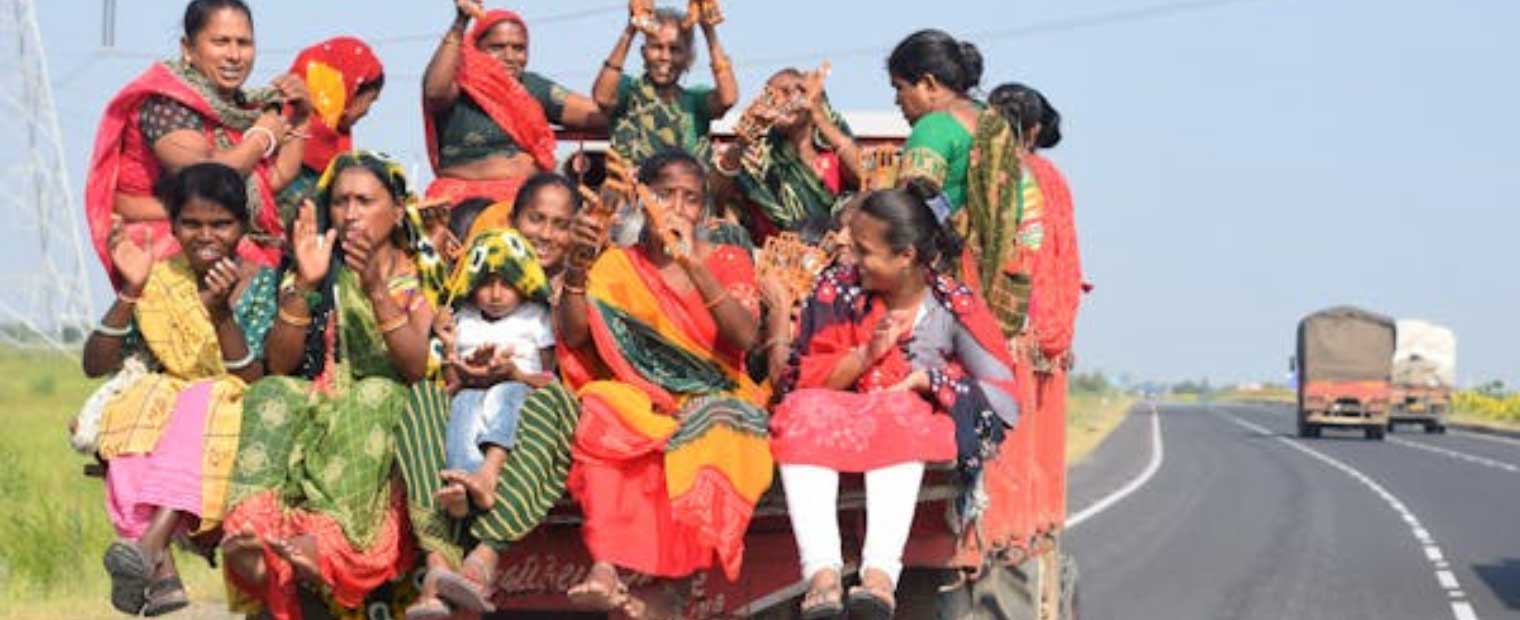
In the rural hinterland of India, women have historically faced multiple layers of socio-economic marginalisation. Limited access to education, credit, markets, and decision-making structures have curbed their development. However, a silent revolution has been taking place over the last few decades, led not by grand political movements but by the formation of grassroots institutions like Self-Help Groups (SHGs), Cooperatives, and Farmer Producer Organizations (FPOs). These models, built on the principles of collective action, democratic decision-making, and financial inclusion, have enabled rural women to challenge traditional norms, gain access to resources, and assert their agency across social, economic, and political domains.
Understanding the Models : SHGs , Cooperatives, and FPOs
Self-Help Groups (SHGs), Cooperatives, and Farmer Producer Organizations (FPOs) are collective action models. While all three models function on collective principles, they differ in structure and purpose. SHGs are informal bodies of about 10-20 rural women, focused on group savings, internal lending and small-scale economic activities often supported by government schemes like NRLM(National Rural Livelihood Mission). Cooperatives, on the other hand, are legal entities where members come together to undertake economic activities such as dairy(AMUL), agriculture, and handicrafts, through democratic decision-making. Whereas FPOs are registered entities consisting of marginal farmers who collectively engage in input procurement, value edition, and market linkages to enhance income. While SHGs focus on financial inclusion and empowerment, cooperatives focus on service delivery and ownership, and FPOs aim at improving agricultural productivity and profitability.
Financial Empowerment Through Collective Savings and Credit
The foundation of these models lies in fostering financial independence. SHGs in particular offer access to collateral free micro-finance, reducing the dependency on local money lenders. As per NABARD, over 7 crore women are part of SHGs across India, cumulatively handling savings worth ?30,000+ crore (NABARD, 2023).
Kudumbashree, in Kerala, stands out as a beacon of success. This is one of the largest women-centered community networks, which operates over 4.5 lakh SHGs and has transformed livelihoods through micro-enterprises in food processing, tailoring, and farming (World Bank, 2019). These platforms enable women to start small-scale ventures and generate consistent income.
Entrepreneurial Success: From Kitchen to Markets
The impact of collective models extend beyond savings. Many SHGs and cooperatives foster women-led enterprises like dairy, poultry, handicrafts and other retail.
These initiatives are supported by government schemes in order to connect with the local markets,branding ,exhibition and promote their products nationwide which increases their profits and scales up their production. Thus they not only enhance household income but also improve women's bargaining power within the family and community.
Building Social Capital and Voice
The significance of SHGs, FPOs and Cooperatives are not merely economic. These platforms have emerged as safe places for women to discuss social issues such as domestic violence, health, education and other local issues creating support systems and raising awareness. Social community building is one of the pillars on which these bodies work thereby fostering trust, mutual understanding and community support systems. Members usually come together in times of crisis and share resources.
Case Study: Vadri Village’s Dairy Cooperative
An all-women Dairy Cooperative Society was formed under the National Dairy Plan-I, the Vadri village of Gujarat. This initiative enrolled over 100 women who took charge of the cooperative’s management. As a result, daily milk procurement increased significantly from 69.8 kg to 184.8 kg, demonstrating both economic potential and managerial capability. Women like Tinaben Kabjibai, who previously depended on unstable labor income now earn stable monthly incomes through dairying (National Dairy Development Board., n.d.). The initiative showcases women’s ability to manage enterprises and improve household welfare.
Leadership and Political Empowerment
Participation in collective models often becomes a training ground for leadership. Women gain finance, communication and management skills which enable them to assume public roles.
Pramila Bisoyi, a former SHG leader, dedicated over 18 years to the SHG movement under the Odisha’s Mission Shakti program, transitioning from grassroot level activism to being elected as a Member of Parliament in 2019 as a member of the Biju Janata Dal (Choudhury & Choudhury, 2019). Despite limited formal education, her journey from being a SHG participant to a national legislator highlights the far-reaching impact of collective empowerment.
Barriers and Limitations: The Roadblock Ahead
Despite being valuable tools for poverty alleviation and empowerment, several socio-cultural and economic limitations have hindered the functioning and potential of these bodies.
Way Forward: Strengthening the Ecosystem
To fully harness the potential of Self-Help Groups (SHGs), Cooperatives, and Farmer Producer Organizations (FPOs), it is essential to implement enhanced capacity-building programs and digital literacy initiatives that empower members, particularly women, with the skills and knowledge needed for sustainable operations. Government policies must focus on facilitating market integration, promoting the adoption of modern technology, and ensuring inclusive participation across socio-economic and regional divides. Furthermore, targeted investments in areas such as branding, packaging, and logistics are crucial for enabling women-led enterprises to access and compete in national and global markets, thereby expanding their economic opportunities and impact.
Collective Action as a Catalyst for Change Cooperatives, SHGs, and FPOs have demonstrated that when rural women are organized and empowered, they can reshape not just their personal destinies but also that of their communities. While significant hurdles remain, strengthening these grassroots institutions can be a cornerstone for inclusive and sustainable rural development
References
